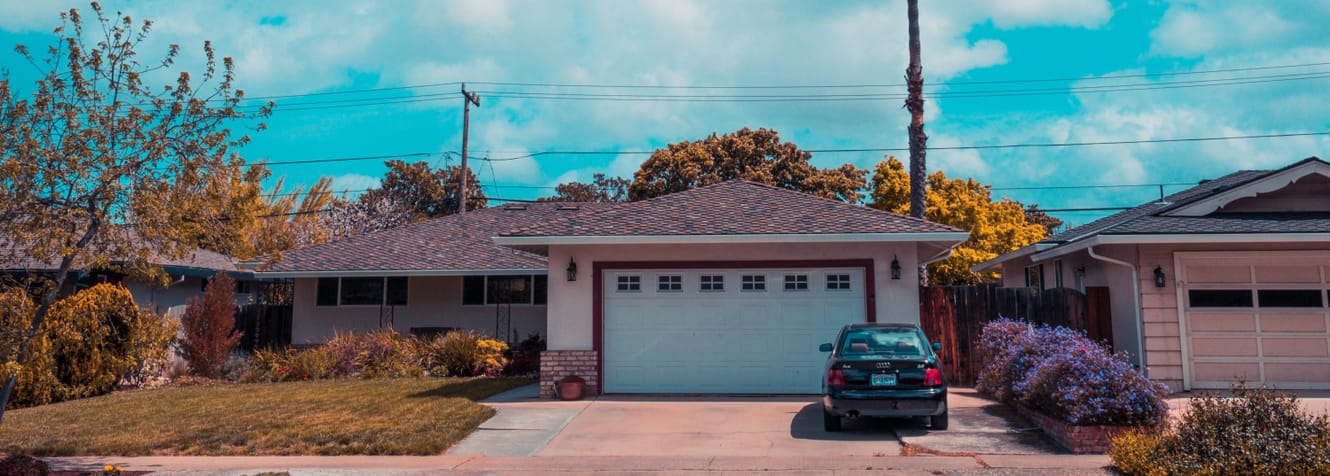Building a Homelessness Prevention System: A Toolkit for Launching, Operating, and Managing an Evidence-Based Program

About this Toolkit
The United States is experiencing a homelessness crisis unlike anything the country has seen before.
A 2024 national census counted 770,000 people living on the street or in a sheltered setting – an 18% increase from the previous year and the highest number ever recorded.
The costs of this crisis are enormous. Individuals and families experiencing homelessness face threats to their personal safety and health, psychological trauma, risk of sexual victimization, difficulties getting to work or school and shortened lifespans. Meanwhile, taxpayers foot massive bills for shelters and supportive housing, emergency health care, incarceration and other financial costs associated with homelessness.
In recent years, governments at all levels have invested billions of dollars in housing and other services for people experiencing homelessness, which has helped. But, there’s a more effective and common-sense strategy that American communities have barely tapped into: preventing people from becoming homeless in the first place.
That's what Santa Clara County, California, did. And rigorous evaluation shows that their model is working.
Since 2017, Santa Clara County's Homelessness Prevention System (HPS) has distributed temporary financial assistance to more than 17,000 residents at severe risk of homelessness. In 2023, the Wilson Sheehan Lab for Economic Opportunities (LEO) at the University of Notre Dame conducted a randomized controlled trial of HPS and found that households receiving financial assistance were 81% less likely to be homeless within six months of enrollment than households in a control group. The study also found HPS to be a cost-effective investment, returning $2.47 worth of public benefit for every dollar spent on the program.
Once the program demonstrated strong results, Santa Clara County significantly increased its investment and eventually assumed ownership of it. Today, HPS is fully integrated into the County government as a core component of its comprehensive strategy to address homelessness.
What you'll learn
Santa Clara County’s model stands out in a few ways. Most notable is its flexible, uncapped approach to cash assistance. Many individuals on the brink of homelessness are behind on rent or other bills. The simple but powerful premise behind HPS is that a relatively small amount of cash can go a long way to overcoming those challenges.
This toolkit aims to help local leaders nationwide replicate Santa Clara County’s proven homelessness prevention model. Within the toolkit, you’ll find step-by-step guidance on the key actions and decisions necessary to build an effective homelessness prevention system like the one in Santa Clara County — along with detailed descriptions of how Santa Clara County approached each one. You will also find checklists of activities necessary at each juncture, tips for answering skeptics and links to original documents and materials from Santa Clara County that other communities are free to use.
This toolkit describes six phases for launching a homelessness prevention system:
Assess local need
Mobilize the coalition
Design the program
Fund the system
Manage the system
Evaluate program success
Every community is unique, making it challenging to replicate Santa Clara County’s model without adaptation. However, starting from scratch isn’t necessary. Evidence shows that HPS plays a critical role in helping communities address the homelessness crisis. All communities should consider incorporating this model in their spectrum of services for addressing homelessness.

